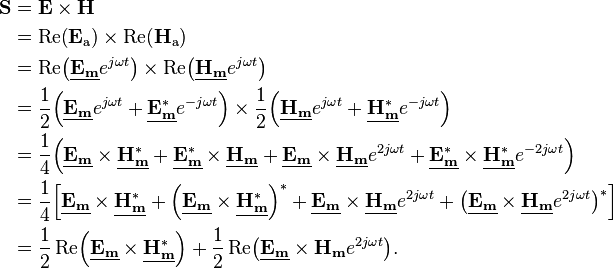Value averaging Wikipedia the free encyclopedia
Post on: 24 Апрель, 2015 No Comment

From Wikipedia, the free encyclopedia
Value averaging. also known as dollar value averaging (DVA). is a technique of adding to an investment portfolio to provide greater return than similar methods such as dollar cost averaging and random investment. It was developed by former Harvard University professor Michael E. Edleson. Value averaging is a formula-based investment technique where a mathematical formula is used to guide the investment of money into a portfolio over time. With the method, investors contribute to their portfolios in such a way that the portfolio balance increases by a set amount, regardless of market fluctuations. As a result, in periods of market declines, the investor contributes more, while in periods of market climbs, the investor contributes less. In contrast to dollar cost averaging which mandates that a fixed amount of money be invested at each period, the value averaging investor may actually be required to withdraw from the portfolio in some periods.
Contents
Endorsements [ edit ]
Criticisms [ edit ]
This section possibly contains original research . Please improve it by verifying the claims made and adding inline citations. Statements consisting only of original research should be removed. (December 2014)
Any return advantage that value averaging provides derives from mean reversion in the market, which implies that there is some market force that causes a market disturbance in one direction to be balanced out on average by an opposite market disturbance so that the market reverts to the mean. (This not the same concept as regression to the mean as used by statisticians where retesting a non-random sample of a population tends to produce results that are closer to the mean than the original test.) The existence of mean reversion in financial markets is controversial and very difficult to detect, and is a subject of active research. If it exists, then it is almost certainly very slight.

Value averaging makes use of a side cash account to hold the funds that are generated by value-averaging sales and that provide the funds for value-averaging purchases. Consider the following example. In its simplest form, the value averaging concept can be applied to a portfolio with no net inflow (or outflow) or lump sum to invest. In this case, the value path is the projected value of the portfolio alone based on its expected return, i.e. one does not need to make any adjustments to the path for net new investments. If at time t. the current value of the portfolio is above the value path, securities are sold to bring the value back down to the value path and deposit the proceeds in the side cash account. If the current portfolio value is below the value path, securities are bought using the cash account to try to bring the portfolio back up to the value path. The concept is to sell high and buy low.
However, for this approach to work, there must be a mean reversion process in the market. If there is not, then the increase in the value of a portfolio today tells nothing about what it will do tomorrow. If one had an expectation of a return of X% today, one should have an expectation of X% tomorrow. The same is true if the value dropped. Without mean reversion, the fluctuations in portfolio value can only be attributed to random noise in the expected value of the return sequence. In general, the value of the portfolio will increase because the expected value of the returns is positive but the value curve is generally not monotonically increasing and there is no relationship between departures from a monotonic curve. Independence between today’s return and tomorrow’ return is similar to the situation that if you have flipped a fair coin ten times and the results have all been heads, you still have a 50/50 chance of heads or tails on the eleventh flip.
Without mean reversion, the expected value of the value averaged portfolio described above at some point in the future will be less than if one did nothing, because any money that is in the side cash account due to random fluctuations in the portfolio value generally has a lower expected return than the portfolio. In other words, any money that randomly ends up in the cash account is effectively earning less than it could if you had done nothing. This also applies to the more general case of value averaging with net inflows.
Independent of the issue of mean reversion, the cash side account required for value averaging will always cause some amount of reduced return on the overall portfolio since the money in the cash account, on average, will be earning less than if it was in the main portfolio. Any benefits that value averaging provides in terms of market timing need to overcome this factor.
Because value averaging sometimes calls for the sale of assets even during an overall accumulation phase, there can potentially be additional transaction costs and restrictions. For example, some mutual funds have frequent trader policies. Some funds forbid additional investment in the fund within N months of a redemption from the fund. Some funds charge an additional fee for a redemption if there has been an investment in the last N months.














